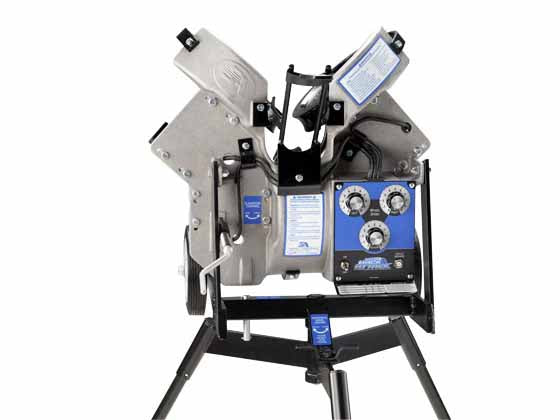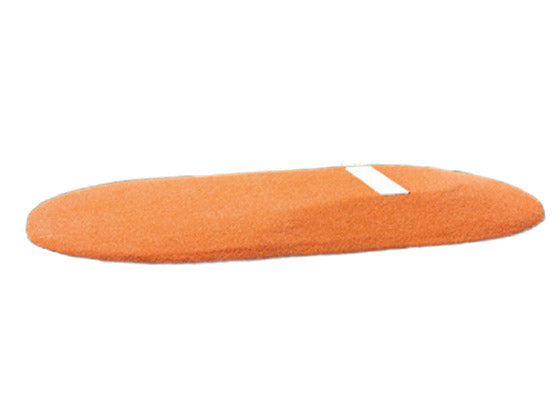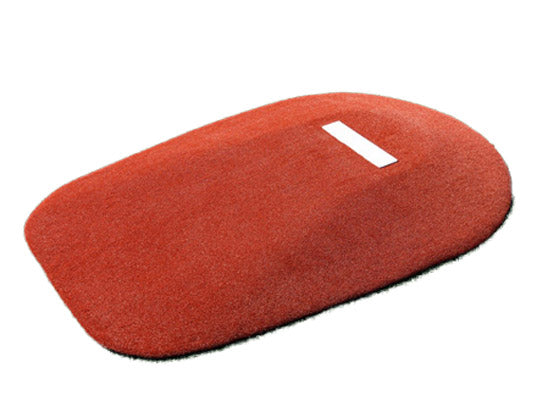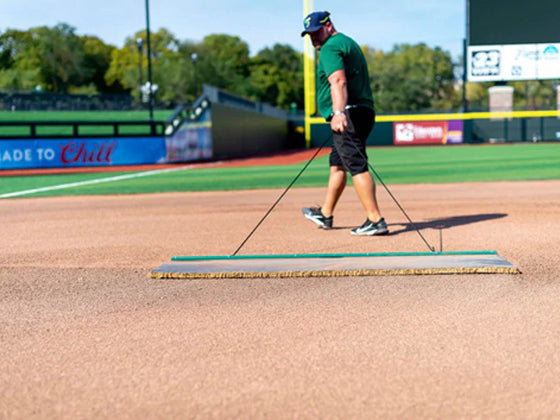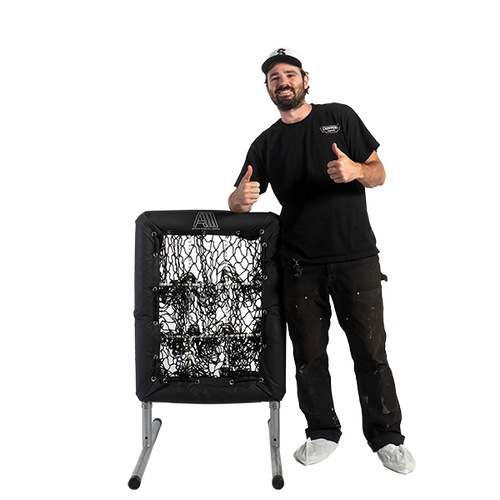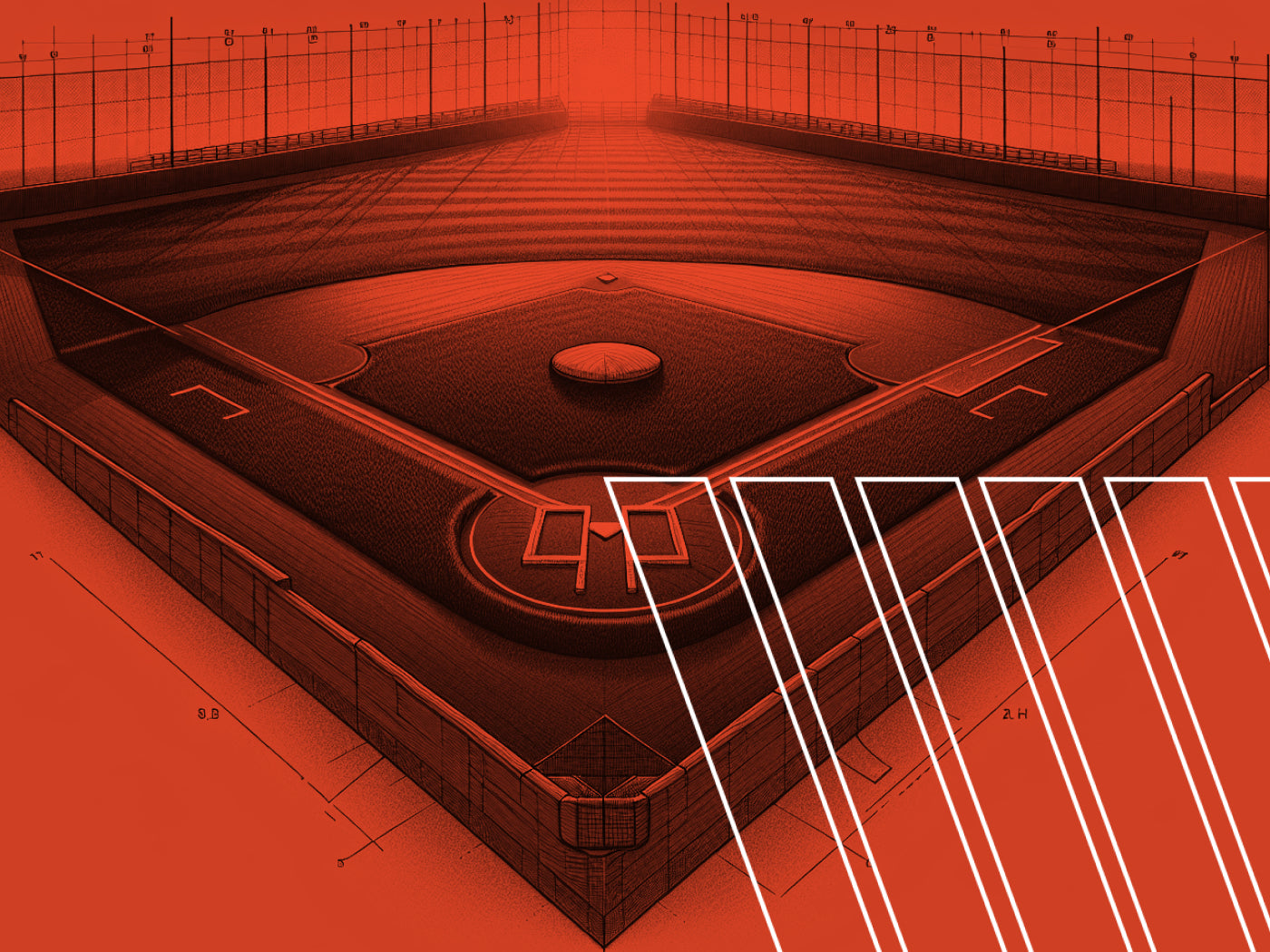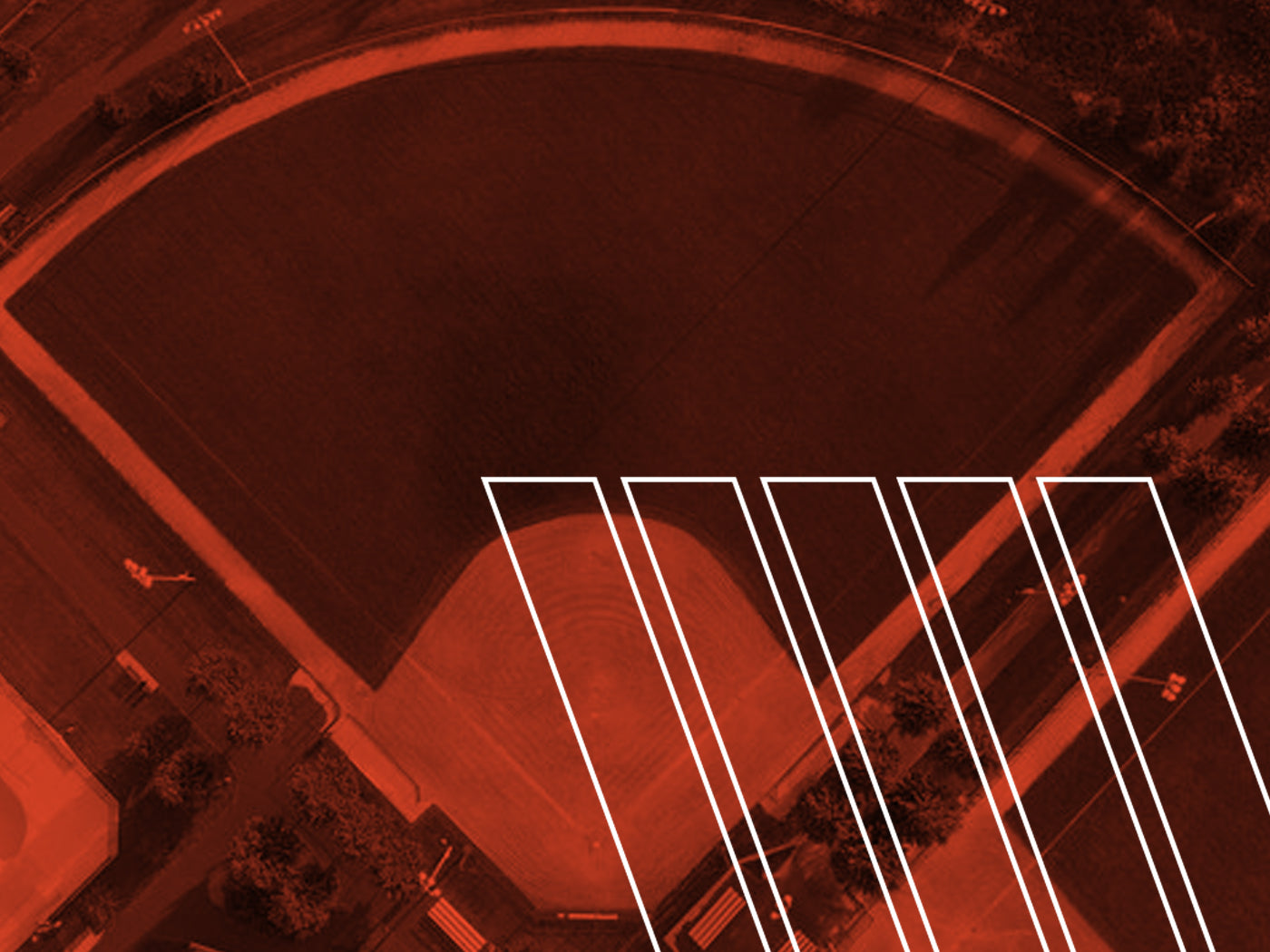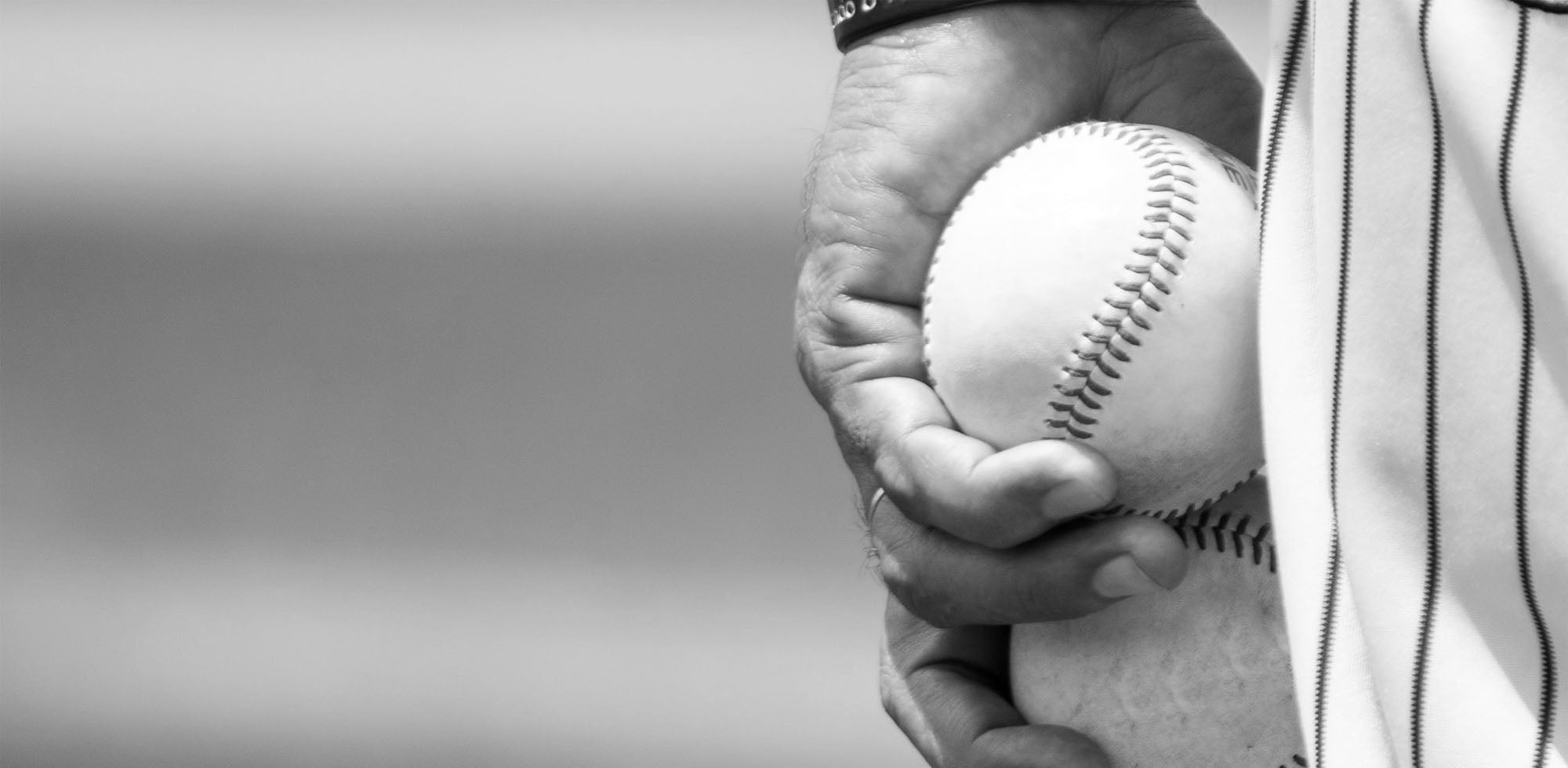Foul Poles - Pick the Right Size, Color and More!
A baseball field is not complete without a foul pole. In fact, it’s imperative for any baseball field to have one! That’s right… that tall, bright yellow steel pole sticking out of the ground in left and right field of every baseball field is a must, but why?
So what is a foul pole in baseball exactly?
A foul pole is a pole placed at the end of the foul line on a baseball field in both right and left field, that determines whether a hit baseball is fair or foul. The foul line and foul pole mark the end of the foul area and the beginning of the fair area. This is why it is called a foul pole.
What happens if a baseball hits the foul pole?
Ironically, when a batted ball hits the foul pole and deflects out of the park into fair territory, it is considered a home run (fair!). In fact, some people jokingly call it a fair pole!
However, if the batted ball strikes the foul pole and deflects into foul territory, it will be considered a strike.
So now that we know what foul poles are and what they do exactly, let’s take a look at some of the dimension specifications for foul poles.

How Tall are Foul Poles? Foul Pole Dimensions Explained
The most common question we get about foul poles is, “how tall are foul poles?”
Most foul poles on non-professional fields are either 12’, 15’ or 20’, varying on the type of league, field size and preference of the organization. In fact, there are no hard rules dictating how tall a foul pole must be, that decision is up to the team or organization’s discretion.
However, MLB foul pole height must be at least 30’ tall, though 45’ is more common. There are even some foul poles in the MLB that reach up to 50’ tall!
How to Pick the Right Size Foul Pole
When determining the correct height of foul pole you will need for your field, consider the size of the field and the age and skill level of the players that will be using the field. If the players are young and have less power, the foul pole does not have to be as tall, whereas for MLB fields, 40’ tall foul poles are recommended.
This is because the umpires (and sometimes even TV cameras) will be using the foul pole to judge whether a ball is foul or fair, and if the batted ball towers over the top of the foul pole, then it will be increasingly difficult to determine the call with accuracy.
For this reason, we say, when in doubt, go taller! You really can’t go wrong with a taller foul pole, and frankly there is no such thing as a foul pole too tall.
Overall, the biggest determining factor is the distance of the fence; the longer away the outfield fence is, the taller the foul pole should be.
Use this table as a rule of thumb when considering what size foul pole you will need for your field

Baseball Foul Pole Dimensions for Different Leagues
| Age Level | Height Recommendation |
|---|---|
| Little League | 12’ - 20’ |
| High School | 15’ - 20’ |
| College | 30' |
| Professional | 40'+ |
And remember, the further away the fence is, the taller the foul pole you will want. If you're designing and building a baseball field, be sure to refer to our baseball field dimensions guide or our softball field dimensions guide here for more helpful information.
Conclusion
A foul pole is imperative to a baseball or softball field, and a game cannot be properly called without one. It is a tool that allows umpires to judge a fair ball from a foul ball, and a home run from a strike. When selecting a foul pole for your field, reference the table above, and when in doubt go taller. The brighter the color of the foul pole, the easier it will be for umpires and spectators to judge the call properly. If you need additional help with selecting the right foul pole for your game, check out these foul poles for sale or email us at support@anytimebaseballsupply.com or give us a call at (888) 466-0009.

 Contact Us
Contact Us